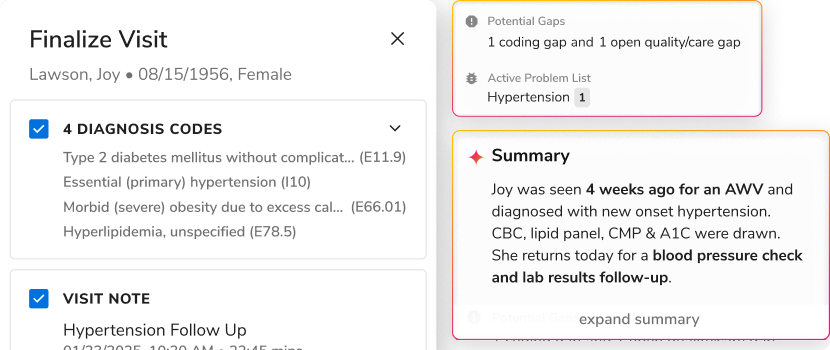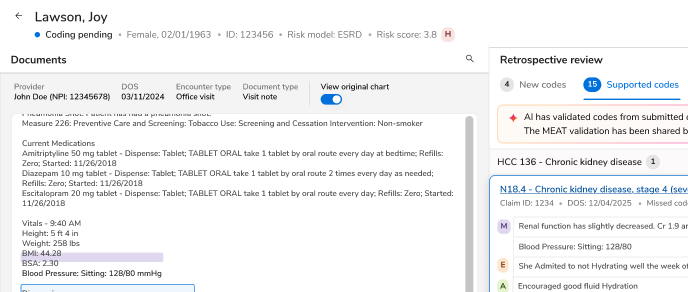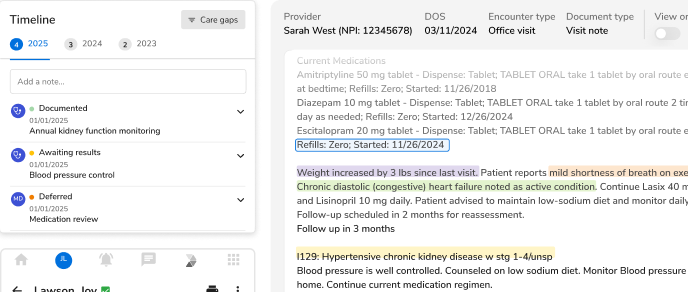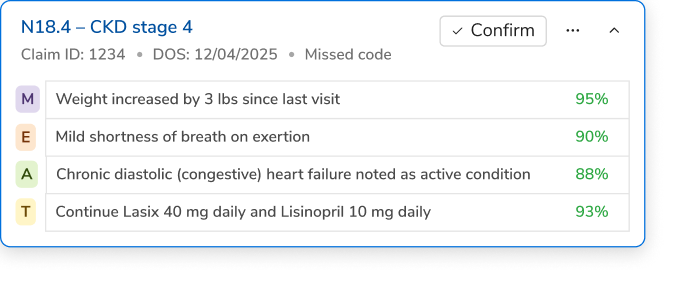Tackling COVID-19 with Telemedicine

With the incidence of new COVID-19 cases expanding by the day, those in healthcare are accelerating their search for any available tools or medications that could stem the outbreak.
Modern medical organizations have used technology to track and treat viruses in the outbreaks that have occurred over the last few decades. The current COVID-19 crisis makes innovative virtual care solutions an indispensable tool as the virus spreads across communities.
The rise of virtual care during the pandemic
Unfortunately, the U.S. has become the country with the maximum number of confirmed cases around the globe. Americans are attempting to “flatten the curve” by self-isolating inside their homes and physically distancing themselves from others. Physicians, providers, and care teams, on the contrary, are out there fighting on the front lines. A virtual intervention such as telemedicine can overcome barriers to non-acute health services caused by the distance between patients and their providers, lack of access to reliable transportation, and fragmentation of care due to overburdened acute care health systems.
Virtual platforms, especially for the convenience of medical teams and patients, have been mentioned by the World Health Organization as one of the essential services for “strengthening the health systems’ response to COVID-19” policy. Recently, the Centers for Medicare and Medicaid Services (CMS) took the unprecedented step of loosening its regulations to allow for the use of FaceTime and Skype, as providers need both audio and video capabilities in order to carry out a detailed patient medical evaluation successfully. But there is even more technology can do for us in this day and age.
Telemedicine and the COVID-19 outbreak
Telemedicine provides an alternative for the delivery of routine care to the elderly and other high-risk patients. It isn’t just a tool to treat patients who may have the virus, but it is also a strategy to protect at-risk patients from exposure while providing routine care. By leveraging telemedicine, healthcare systems can continue to seamlessly care for their patients with chronic conditions such as diabetes, asthma, and heart disease.
Through analytics-powered virtual care platform data resulting from analyses of populations based on region and cities can be obtained. This data is helpful in delivering a comprehensive view of the population demographics, helping healthcare organizations to streamline their work and prepare efficiently for a surge of incoming patients.
In addition, each time a telemedicine visit takes place, resources such as personal protective equipment and ancillary staff are being preserved. The impact of virtual visits on the efforts to conserve valuable and scarce resources in a time like this cannot be underestimated.
Caring for patients remotely through virtual care
The benefits of leveraging virtual care are clear. For patients concerned with the possibility of contracting COVID-19, virtual health measures can help providers to give them an understanding of their symptoms, coordinate testing if needed, triage them according to priority and answer questions. For patients that have medical conditions unrelated to COVID-19, virtual care makes it possible to deliver care remotely, without bringing the risk of exposure on either side into the equation.
With virtual care, the requirement for social distancing can be maintained while ensuring immediate care is delivered to anyone who needs it:
- Providers can proactively engage with patients utilizing bulk messaging and outreach capabilities.
- Online consultations with patients can be made just like actual visits (or possibly more so).
- Quick follow-ups on initial telemedicine consultations are faster and can improve patient engagement and continuity of care.
- Clinical documentation can be made more efficient by simplifying reporting and patient records like never before.
- Through a built-in mobile view and notes feature, telemedicine can be available to provide consultations on the go.
- Detailed analyses of call logs, durations, and notes are readily available for all potential uses.
The road ahead
Needless to say, these are challenging times. A strong doctor-patient relationship is the foundation for high-quality patient care especially in trying times. Telemedicine is here to support, not replace, traditional care delivery. Medical providers can continue to care for their patients in person as desired, while still having the flexibility and convenience of seeing patients remotely for follow-up visits, check-ups and the delivery of test results or education when necessary. We hope to have enough healthcare providers working day and night to treat the rapidly increasing influx of patients—but only if we can slow the pace at which the outbreak is moving while delivering the most efficient non-acute care possible. In this effort, virtual care seems to be a good option to help medical teams handle the surge for now.

.png)





.png)









.svg)
.svg)

.svg)

